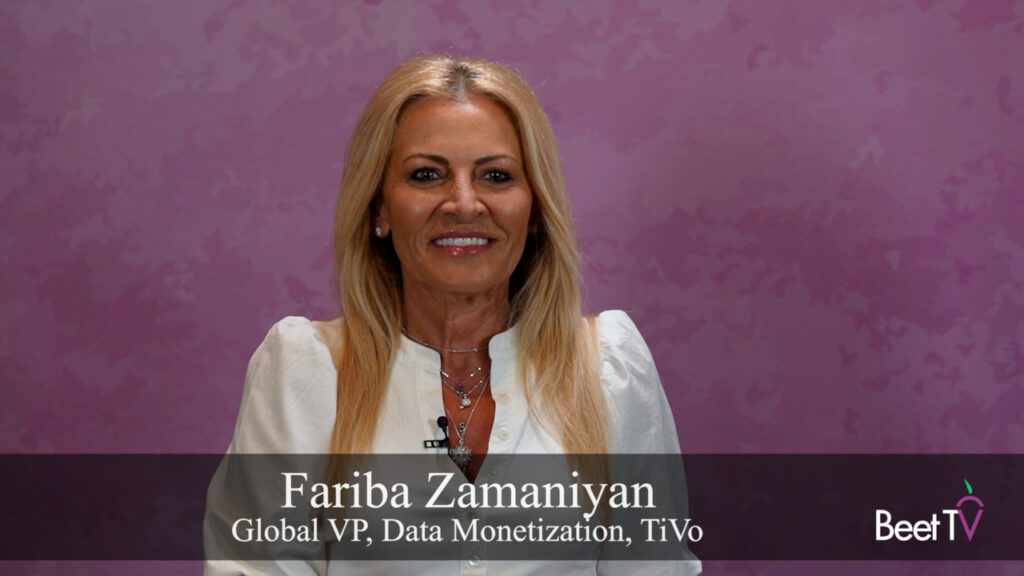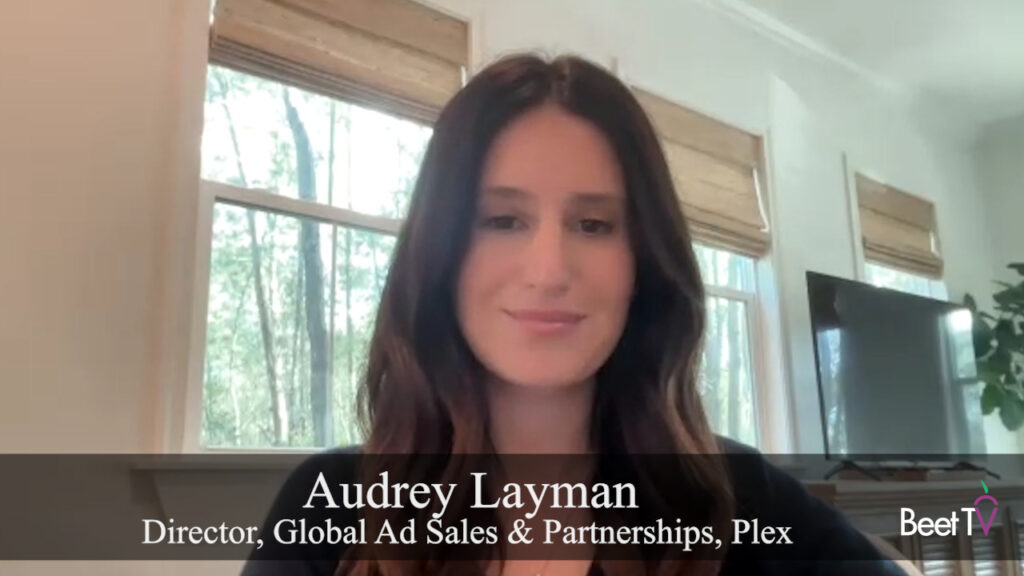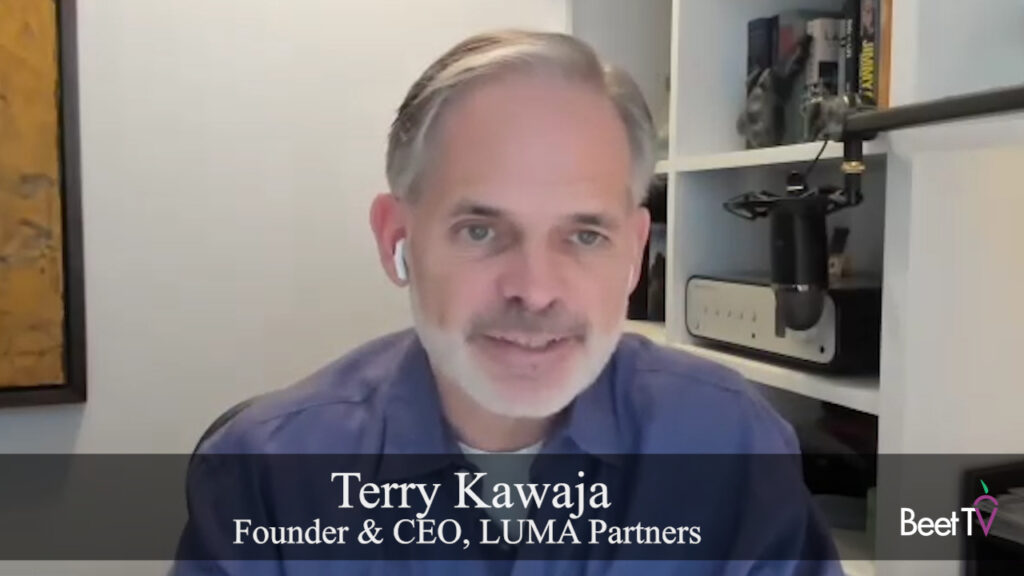The quest for a standardized, UPC-like code for identifying advertising and media assets across platforms took a big step forward with the recent selection of Kantar Media’s audio watermarking technology. “There’s a lot of work still to be done to deploy it, but this is an important milestone in terms of the technology being ready to go or very close to ready to go,” says Kip Welch, President & Chairman of the Entertainment ID Registry (EIDR).
EIDR is the non-profit industry consortium that operates a registry of more than 1 million unique, global identifiers for digital entertainment assets, including motion pictures and television content. Welch was on hand at the 6th Annual Cross-Platform Media Measurement & Data Summit of the Coalition for Innovative Media Measurement, which announced the selection of Kantar for binding AD-ID’s to commercials and EIDR codes to programming content.
The recommendation to adopt Kantar’s technology was made by a committee whose members include Ad-ID, the joint venture of the Association of National Advertisers and the American Association of Advertising Agencies, along with EIDR and CIMM. It represents the latest step in the standardization process of the 24TB Open Binding of IDs Drafting Group of the Society of Motion Picture and Television Engineers.
Embedding standard identifiers throughout the media ecosystem “will enable faster reporting for ad verification and audience measurement, which will eventually enable marketers to better optimize live and on-demand advertising in a similar manner as they do with digital advertising today,” CIMM said in a statement released at its Summit.
A machine-readable code for tracking ads and content is highly preferable to “constantly having human intervention and manual processing in workflows that should just be done by computers in nanoseconds,” Welch says in an interview with Beet.TV.
Content owners gain by cutting costs, streamlining and becoming more efficient at monetizing their content, according to Welch. Advertisers, meanwhile, “live and die on successfully getting their ads in front of audiences on all of these different platforms,” he says. “You have to be able to count all those views in order to know what you’re paying for as an advertiser.”
The next step is to move beyond “we’ve got a technology, we’ve got a standard, now let’s marry those together and actually start building something and make the technology available to all the service providers and content owners,” Welch says.


























